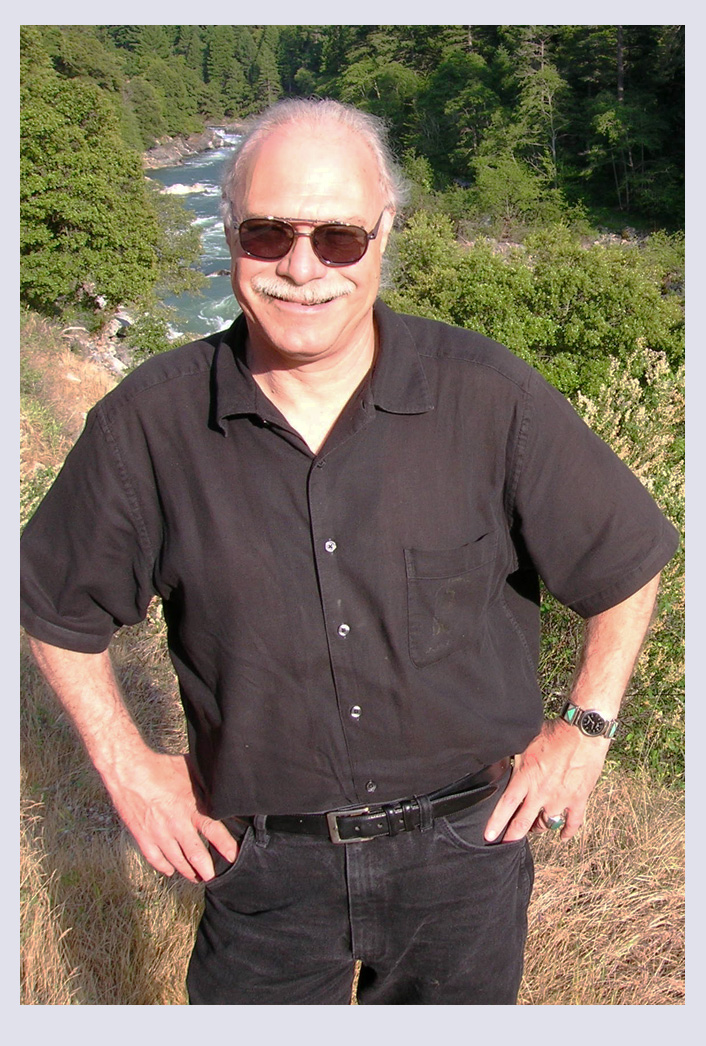by Zan Gillies, for the Center for Media & Social Impact
In 2000, documentary filmmaker Jed Riffe faced a conundrum. He was finishing up post-production on his film Who Owns The Past? and wanted to open the film with 30 seconds of footage from CBS’ 60 Minutes. The film focused on the controversy surrounding the Kennewick Man, a 9,000 year old Native American skeleton whose discovery ignited a battle between anthropologists and Native Americans over ownership of the remains. What better way to introduce viewers to the depth of the controversy, Riffe figured, than by showing the media coverage from a national television program? There was only one problem: 60 Minutes wasn’t selling.
“You couldn’t buy it,” Riffe explained, “so they didn’t want anybody to use it.”
In order to get a national broadcast, the film would need errors & omissions insurance, which would require securing the rights to every second of footage in the film. So Riffe had a decision to make. He could either scrap the sequence and re-edit the opening of his film (thereby curbing his vision for the project) or he could try to acquire the rights to the footage through another means: Fair use.
Riffe was apprehensive, never having explored Fair Use. He got in touch , who agreed to take a look at the film.
“He wrote a letter,” Riffe recalled. “He said I used as much as I needed, and no more, to make the point. I got an E&O, I got a national broadcast.”
The film, complete with 60 Minutes footage, aired nationally on PBS and went on to win a Bronze Award at the Worldfest Houston International Film Festival.
Read the full story…
[/two_thirds_first][one_third_last]
|
Topics discussed: |
|
|
[gpp_button color=”pink” url=”https://cmsimpact.org/fair-use-blog/jed-riffe/” target=”_blank” icon_left=”home” size=”large” class=”nounderline” display=”block”]ARTICLE HOME[/gpp_button] |
